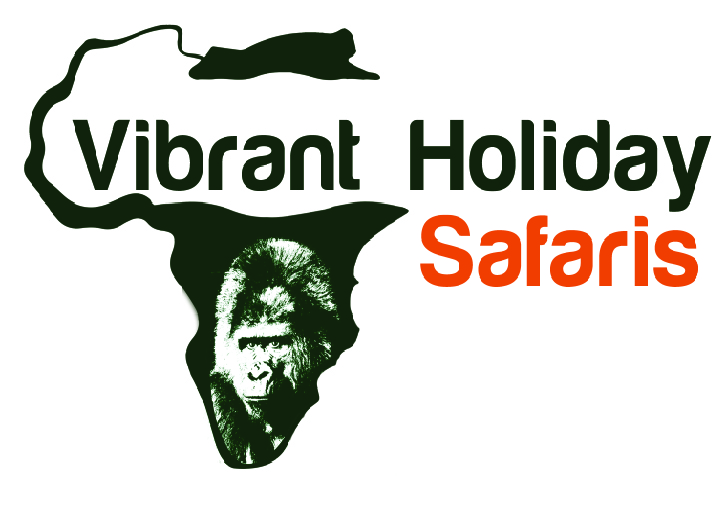Tanzania Population, officially the United Republic of Tanzania, is a large country in East Africa. It shares its borders with many countries including Kenya, Uganda, Rwanda, Zambia, Malawi, Mozambique, Burundi and the DRC. The name Tanzania itself derives from the country’s two states, Zanzibar and Tanganyika. Zanzibar is an archipelago off the coast of Tanzania and a semi-autonomous part of the country. Of this total population, 1.3 million reside on the islands of Zanzibar.
Tanzania is growing at a very fast rate. At the end of 2020, the country’s population is estimated to be at 59.73 million and by the end of the century, the population will reach 282.67 million. Tanzania’s population is currently growing at a rate of 2.98%.
More About Tanzania
Tanzania has a high fertility rate of 4.8 births per woman and a high birth rate of 36.2 births per 1,000 people.
Unfortunately, a rapidly growing population in Tanzania means increased levels of poverty and income inequality. The country also faces a harsh HIV/AIDS epidemic affecting over 1.6 million Tanzanians (about 5.1% of the population). This epidemic may result in a lower life expectancy, a higher infant mortality rate, higher death rate, changes in age and sex distribution in the population as well as lower population growth.
The substantial growth seen over the past couple of centuries is expected to continue into the foreseeable future with annual growth rates around 3%, which is only predicted to decrease slightly. By 2020, it is forecasted that the population will be 62,774,619, which should grow to exceed 100,000,000 by 2038.
2012 Census Results
The last official census recording the population of Tanzania occurred in 2012 and showed there were 44,928,923 people living in the country.
Tanzania has a very low median age with more than 44.8% of the population under 15, 52% between 15 and 64 and just 3.1% over the age of 64. The country also has an incredibly diverse population with more than 120 ethnic groups.
The Sukuma is the largest ethnic group in the country and represents around 16% of Tanzania’s total population. The vast majority of citizens, including many of the Sukuma, Hehe and Nyakyusa peoples, speak Bantu. There are groups of Nilotic and nomadic Maasai and Luo populations in the country as well, along with two small groups who speak languages in the Khoisan family specific to the Khoikhoi and Bushman people.
Problems faced in Tanzania
When evaluating the quality of life in a country, numerous statistics can give an insightful glimpse into the daily life of any population. The World Factbook has provided numerous points mentioned here that will give a clear view of the problems that the Tanzanian population currently faces. Malaria and HIV are primary causes of death for children and adults respectively in Tanzania. The HIV prevalence rate here is at 4.5% – the 13th highest in the world.
Nearly 44% of the population is under the age of 15. The median age of the Tanzanian population is only 17.7 years of age. With a life expectancy of 62.6 years of age. In terms of healthcare, there are only .02 physicians per 1,000 residents and .7 hospital beds per 1,000 residents. Clean drinking water is accessible for only 55% of the population. Also, improved sanitation is for only 15% of the population. In addition, 77.9% of the population over 15 years can read and write in the official languages in Tanzania.
Religion, Economy and Politics in Tanzania
Christianity occupies 61.4% of the population. Muslim 35.2%, folk religion 1.8%, other 0.2%, and unaffiliated at 1.4%.
Much of the population comes from the mainland, one group, the Shirazis trace their origins to Zanzibar’s early Persian settlers. About 1% of the population on the mainland and Zanzibar are non-Africans. The Asian community in Tanzania, including the Sunni Muslims, Parsis, Goans and others, dropped by nearly 50%. This was in the last ten years to just 50,000 on the mainland and 4,000 on Zanzibar. About 90,000 Arabs and Europeans also reside in the country.
While each ethnic group has its own language, Tanzania’s official language is Kiswahili. Which is an Arabic-influenced Bantu language, as well as English.
Tanzania Population History
Although Tanzania was inhabited for several years, it was not a nation. It is today until it gained its independence from England in 1964. Prior to this, the land was under many different names and it is difficult to track its historical population trends.
